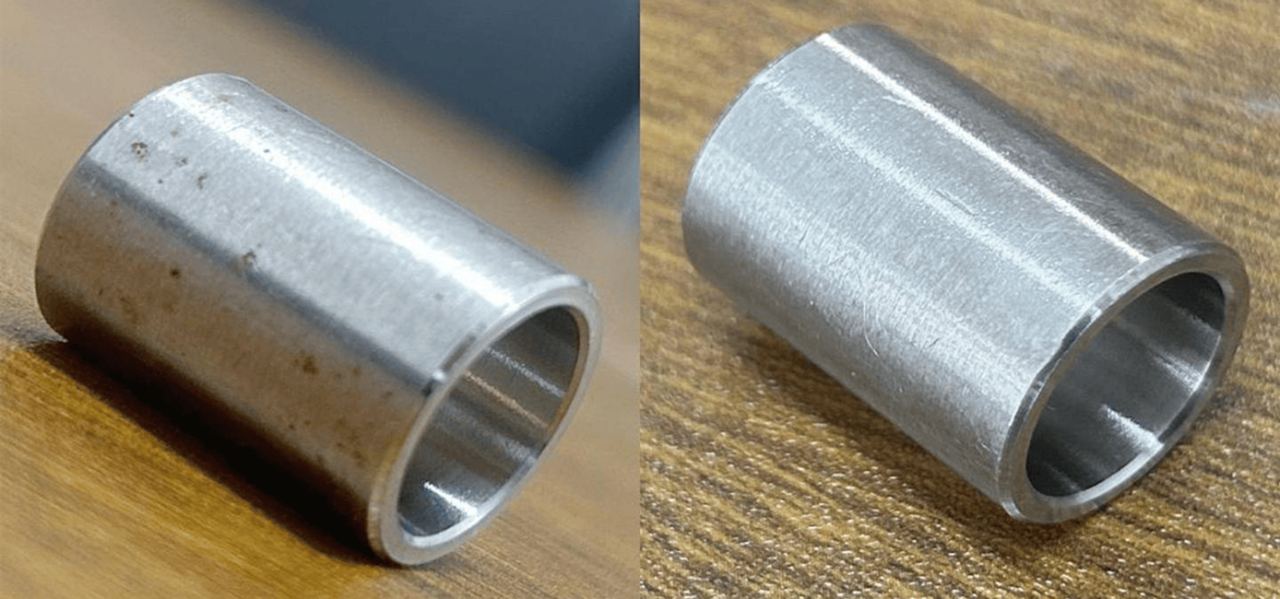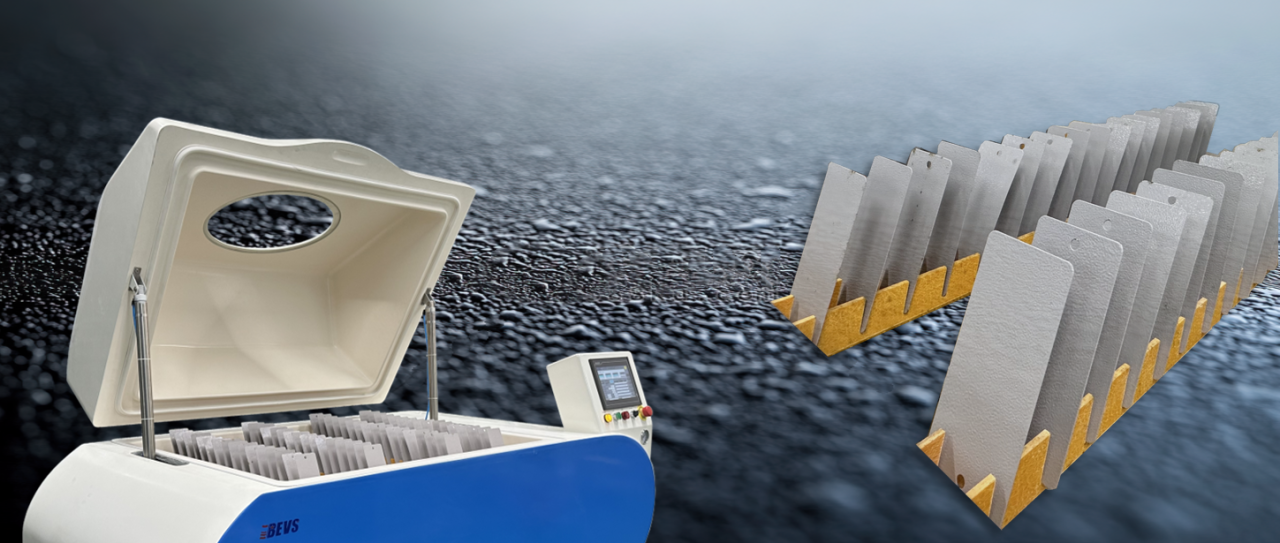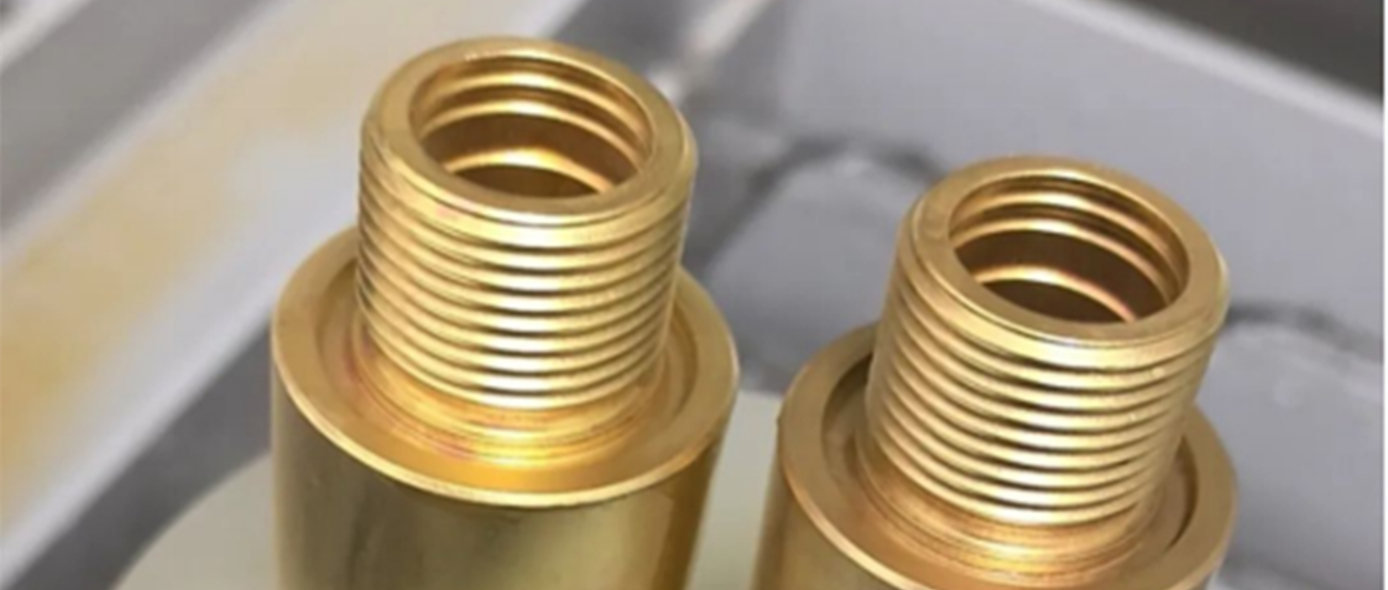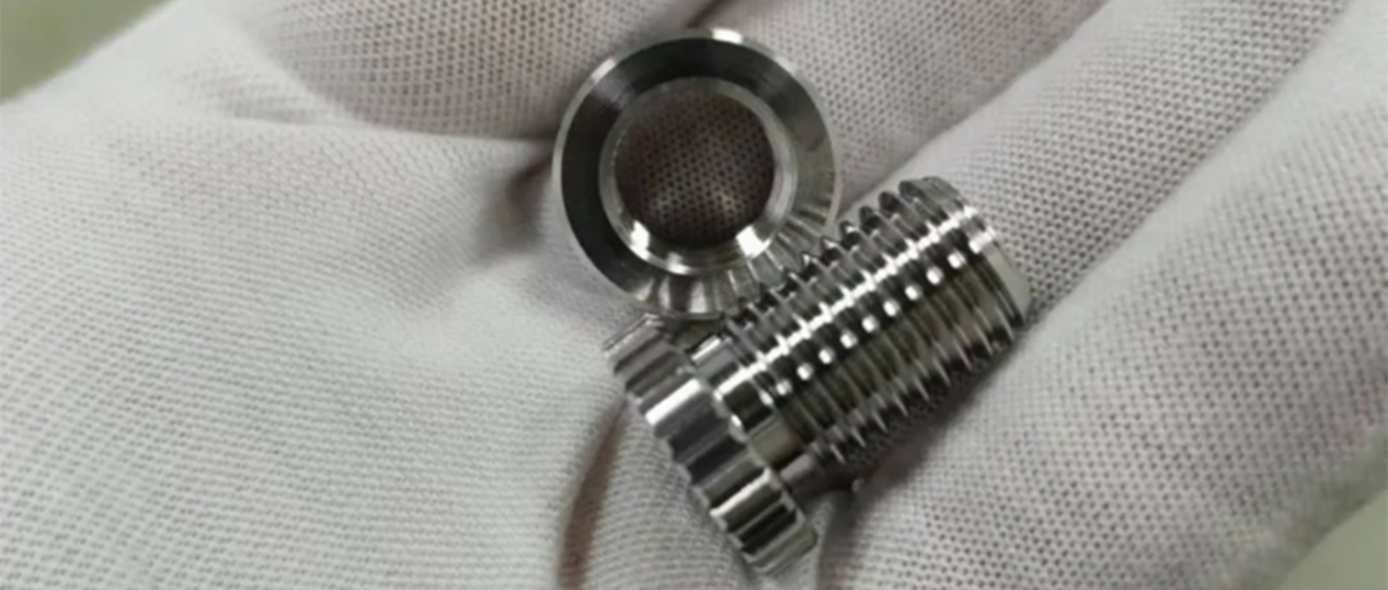
In the defense industry, the corrosion resistance of materials is of critical importance. Passivation, a widely used surface treatment technique, can significantly improve the corrosion resistance of metal components. The ASTM B117 salt spray test is a key method for evaluating this resistance and plays an essential role in verifying the effectiveness of military-grade passivation treatments. This article offers a detailed overview of the ASTM B117 standard, including its requirements, testing procedures, and key performance indicators. It also examines how the test results reflect the effectiveness of passivation treatments and explores real-world applications of this method in military-grade passivation processes.

1
Overview of the ASTM B117 Salt Spray Test
ASTM B117 is a standard developed by ASTM International, primarily used to evaluate the corrosion resistance of metals and coated metals in a salt spray (fog) environment. This test simulates the high-salinity conditions typically found in marine environments to perform accelerated corrosion testing on materials or coatings, helping to predict their corrosion resistance and expected service life under real-world conditions.
2
ASTM B117 Salt Spray Test: Standard Requirements and Test Methods
Standard Requirements:
Test Environment: The test is conducted in a specially constructed chamber compliant with ASTM B117 specifications. The temperature is maintained at 35°C ± 2°C, and the pH of the fog solution is kept within the range of 6.5 to 7.2.
Salt Spray Solution: A 5% ± 1% sodium chloride (NaCl) solution is used, prepared with Type IV water in accordance with ASTM D1193.
Salt Fog Deposition Rate: The deposition rate of the salt fog is 1.5 ± 0.5 milliliters per hour over an area of 80 square centimeters.
Test Method:
Sample Preparation: The test samples should be thoroughly cleaned to remove oil, dust, and other contaminants. The surface must be free from scratches, dents, or any visible damage.
Sample Placement: Samples are placed inside the salt spray chamber with the test surface facing upward to allow for uniform salt fog deposition. Adequate spacing should be maintained between samples to avoid contact and ensure proper exposure.
Test Procedure: The salt spray chamber is activated under the specified conditions. The test duration is determined by the product specifications and is typically 96 hours, 240 hours, or 600 hours.
Result Evaluation: After the test, the samples are removed and inspected for signs of corrosion, either by visual examination or with the aid of a magnifying device. Corrosion is rated based on its severity, usually using a 10-grade scale ranging from no visible defects to severe corrosion.
3
Key Parameters in ASTM B117 Salt Spray Testing
Salt Spray Concentration: The concentration of the salt solution has a direct impact on the corrosion rate. Excessively high concentrations may lead to overly rapid corrosion, which can misrepresent the material’s actual corrosion resistance. Conversely, concentrations that are too low may slow down the corrosion process and unnecessarily extend the testing time. ASTM B117 specifies a sodium chloride concentration of 5% ± 1% to ensure both accuracy and repeatability of test results.
Salt Fog Deposition Rate: The deposition rate reflects how quickly salt fog accumulates on the sample surface. A rate that is too high can cause excessive salt buildup, resulting in localized high-concentration zones and accelerated corrosion. If too low, the salt fog may not adequately cover the sample surface, potentially compromising the test outcome. ASTM B117 specifies a deposition rate of 1.5 ± 0.5 mL per hour over an area of 80 cm² to ensure uniformity and reliability of testing conditions.
Salt Fog Penetration Rate: Although not directly defined in ASTM B117, the salt fog penetration rate is an important parameter for evaluating the quality of the passivation layer. A lower penetration rate indicates a denser and more uniform passivation film, offering better protection to the substrate. Penetration is influenced by factors such as the thickness and uniformity of the passivation layer.
4
Influence of ASTM B117 Salt Spray Testing on the Effectiveness of Passivation Treatment
Passivation Layer Thickness: The thickness of the passivation layer is a critical factor affecting its corrosion resistance. If the layer is too thin, it may fail to provide adequate protection against salt spray exposure. Conversely, an excessively thick layer can cause stress concentration, potentially reducing the material’s mechanical properties. The ASTM B117 salt spray test can indirectly reflect the layer’s thickness by evaluating the corrosion rate.
Uniformity of the Passivation Layer: The uniformity of the passivation layer is equally important for effective corrosion protection. An uneven passivation film may lead to localized areas of accelerated corrosion, undermining the overall performance of the material. The ASTM B117 test assesses this uniformity through visual inspection or standardized corrosion grading criteria.
Corrosion Rate: The corrosion rate is a direct measure of a material’s resistance to corrosion. In the ASTM B117 salt spray test, a lower corrosion rate indicates better performance. Passivation treatment significantly reduces the corrosion rate, thereby enhancing the durability and service life of the material.
The ASTM B117 salt spray test plays a vital role in evaluating the corrosion resistance of materials, especially in military-grade passivation treatments. By gaining a deep understanding of its standard requirements, testing methods, key performance indicators, and its impact on passivation effectiveness, companies can better control product quality and enhance performance. Moreover, analyzing real-world case studies helps manufacturers more effectively interpret and apply this testing method, providing strong support for the development and production of high-reliability military products.









